Having trained at Gray’s School of Art in Aberdeen, Shona Skinner taught Art for 30 years, in Edinburgh and London. Her degree was in drawing and painting, and she came to working in textiles through her teaching experience.
Inspired by the breathtaking landscapes of Shetland, Shona Skinner creates beautiful free-machine embroidery using a wide variety of textiles. She is perhaps best known for her experimentation with fabrics. Some of her methods including burning and deconstructing fabrics, as well as fusing different types of fabric together.
In this article, which is part of our From conception to creation series, you’ll share in the process Shona used to create her recent piece Low Winter Sun, West Sandwick, including where the idea for the piece came from, how she developed that idea and the techniques she used to bring the piece to life.
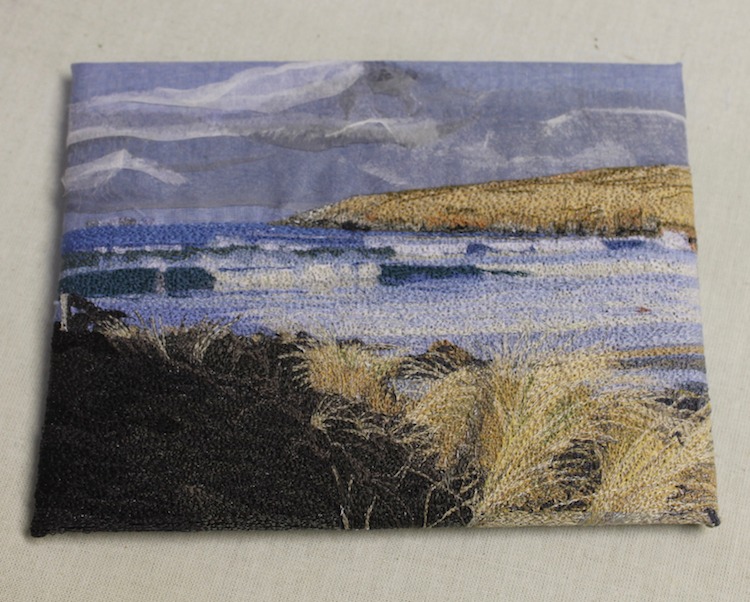
Name of piece: Low Winter Sun, West Sandwick
Year of piece: 2017
Size of piece: 15cm x 11cm
Techniques used: Collage of fabrics with free machine embroidery
After the storm
TextileArtist.org: How did the idea for the piece come about? What was your inspiration?
Shona Skinner: I am fortunate enough to live on the stunning island of Yell in Shetland and there are so many incredible views. The light up here is very vivid and constantly changing and that is what inspires all my work whether I am creating a textile piece or painting.
Early in January, we had a gale and the next day was calm with a very strong winter sun. The sea was still huge after the gale and the colours were amazing. My husband and I had a glorious walk on the beach at West Sandwick and was inspired to come back to the studio and create this piece.
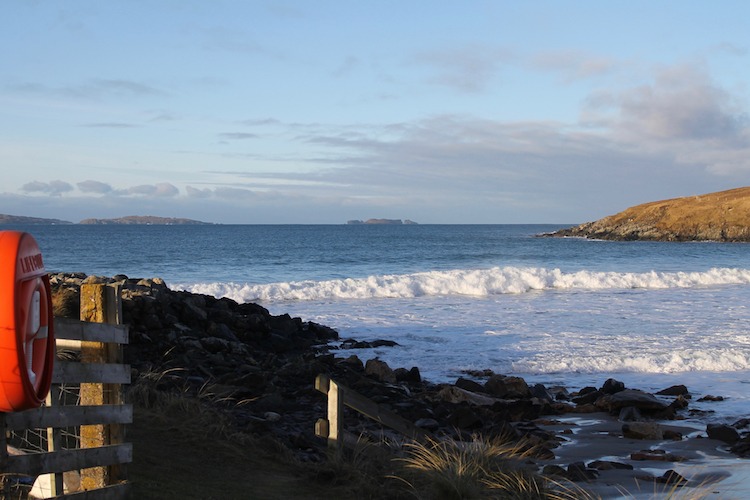
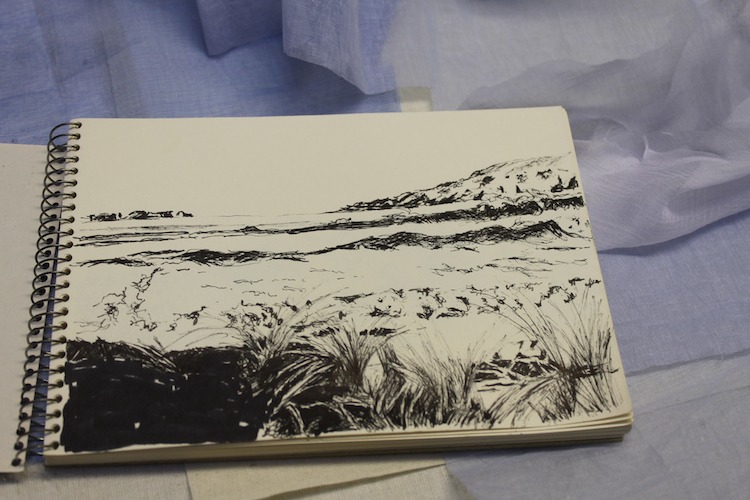
What research did you do before you started to make?
I guess my whole studio is my research. I have drawings and paintings all over the walls and endless textile samples plus sketchbooks. I did several drawings and samples of layering fabrics before I started the piece plus I had photos to remind me of the day.
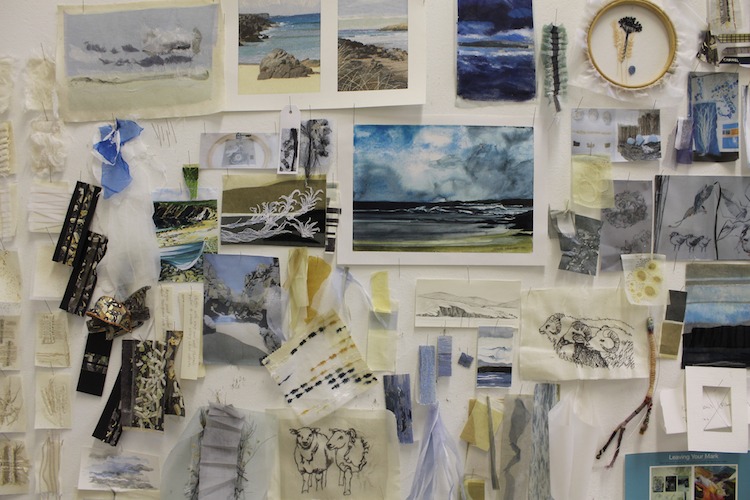
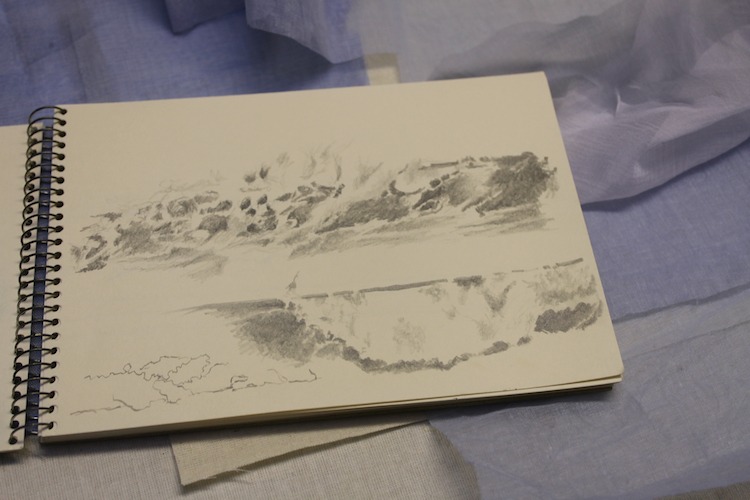
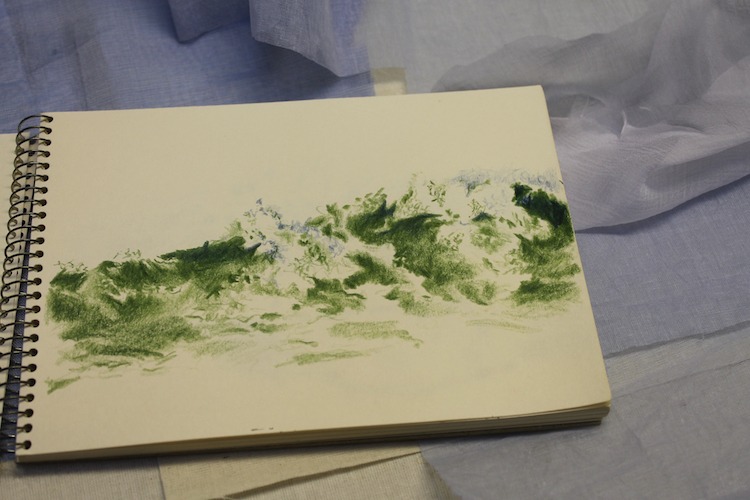
Was there any other preparatory work?
Mainly getting organised with the fabrics I was going to use and preparing spools with a variety of threads so that I wouldn’t have to keep stopping to fill the spools.
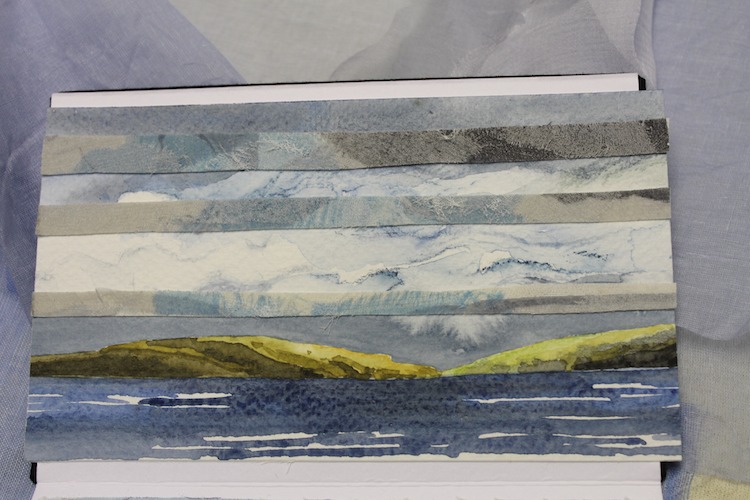
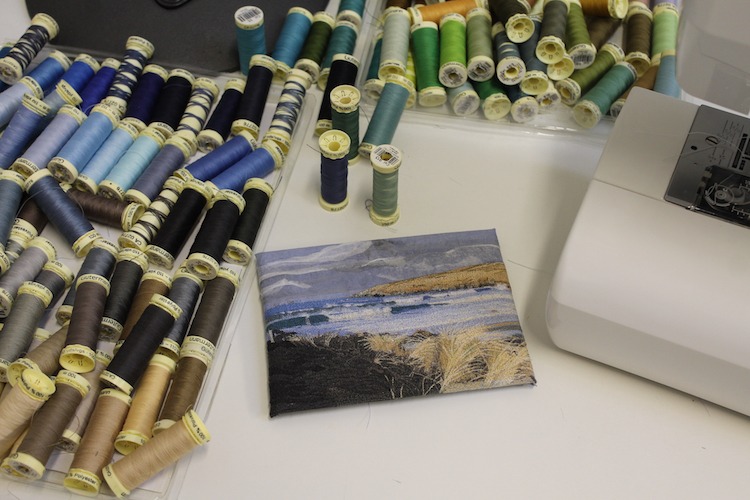
Exciting textures of fabrics
What materials were used in the creation of the piece? How did you select them? Where did you source them?
I worked with calico, organdie, chiffon, bondaweb and all purpose Gutermann threads. The fabrics and threads were all selected for the colours and textures that I wanted.
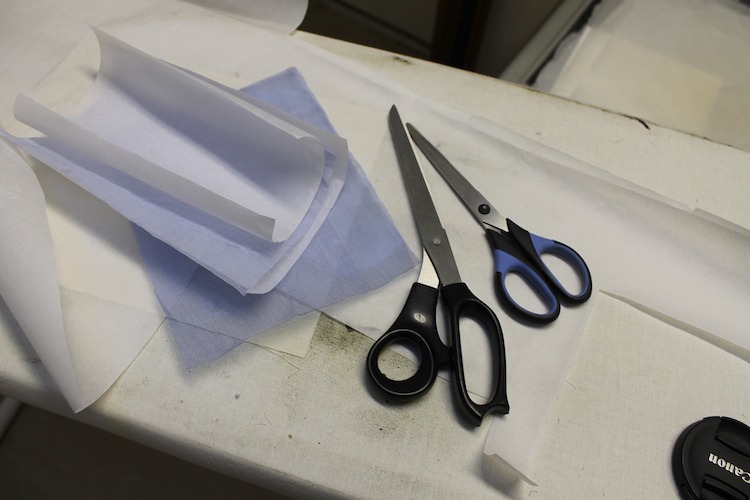
Living on a remote island has its challenges when sourcing fabrics etc. We are lucky enough to have a shop on the main island that stocks the full range of Gutermann threads and I buy my calico there too.
Whenever I am in London, Berwick Street is one of my first stops where I head to the Cloth House and stock up on organdie fabrics. I visit lots of the other fabric shops too and go a bit mad buying all sorts of exciting textures of fabrics that I think might come in handy at some point!
What equipment did you use in the creation of the piece and how was it used?
A very old iron and ironing board and lots of baking parchment to protect my work!
I have a selection of scissors for cutting fabric, paper and Fiskars embroidery scissors which I use when working on my sewing machine. I find I use fine tweezers all the time too to place delicate pieces of fabric and pull threads that may have got stuck in the machine.
My sewing machine has to be my most important tool. I have a Janome Decor Excel II 5024. It almost always has the feed dog down as I rarely use the machine for anything else other than free machine embroidery.
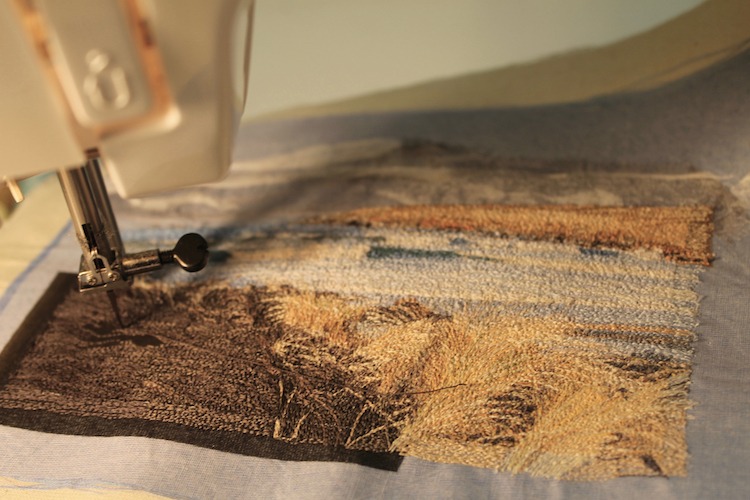
An experimental process
Take us through the creation of the piece stage by stage?
I started the work with a piece of calico for a base. In order to make the fabric stable to work on, I then layered up my background colours using organdie fabrics with bondaweb to secure them together. This enables me to work without an embroiderer’s hoop or foot on my sewing machine as I find both of them restrictive in terms of movement and viewing of the tiny stitches.
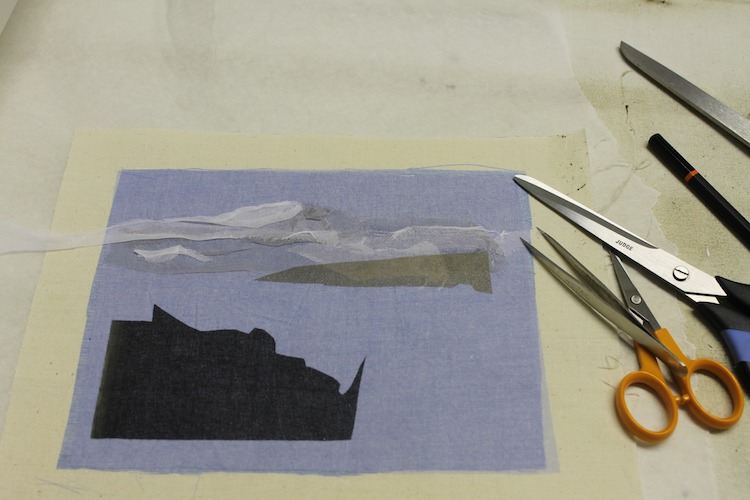
When working with bondaweb, I always use baking parchment below and above my work so that when ironing no sticky marks are left on my work. I then created the sky by pulling the warp and weft threads and attaching them with tiny pieces of bondaweb.
I then start the process of stitching. With the feed dog down and the foot off I am free to draw and paint with my threads. I have a huge range of threads but sometimes not the exact tone that I am looking for.
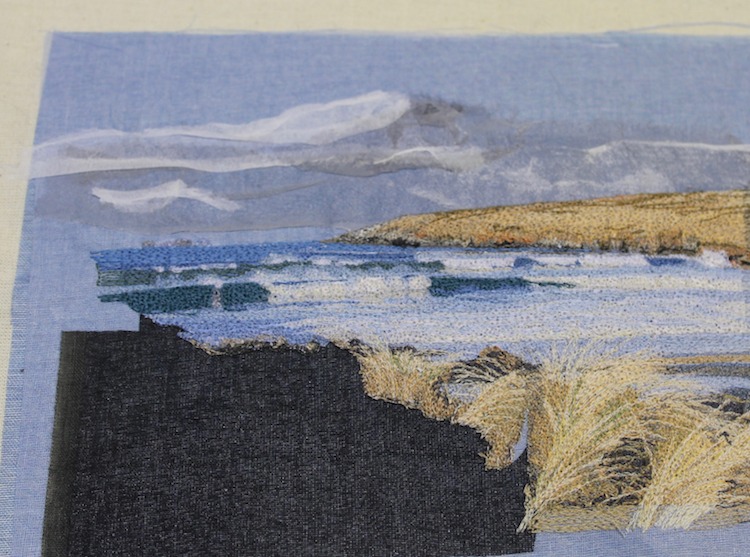
Through experimentation, I discovered that if I used a different colour on the bobbin from the spool and play around with the tension I have a whole new range of colour. Changing the tension also gives me different textures to create more interesting surfaces on the final piece.
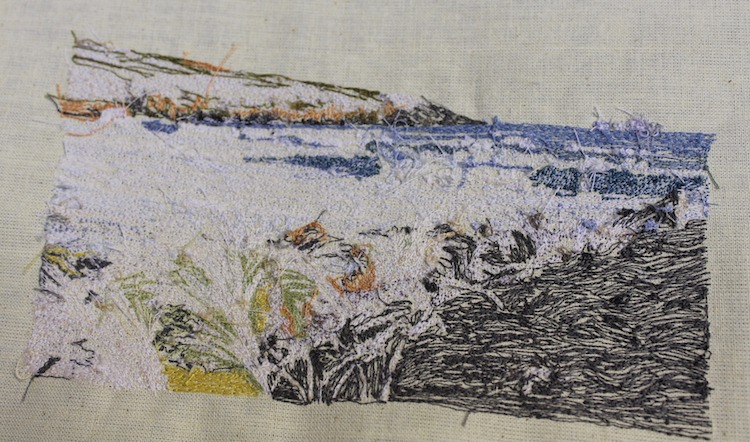
Once the work is completed I stretch it over a 3mm piece of stiff plastic board and then the work is ready to go off to the framers. My work is always presented in a glazed box frame, allowing you to see the texture but also protecting the surface from dust etc.
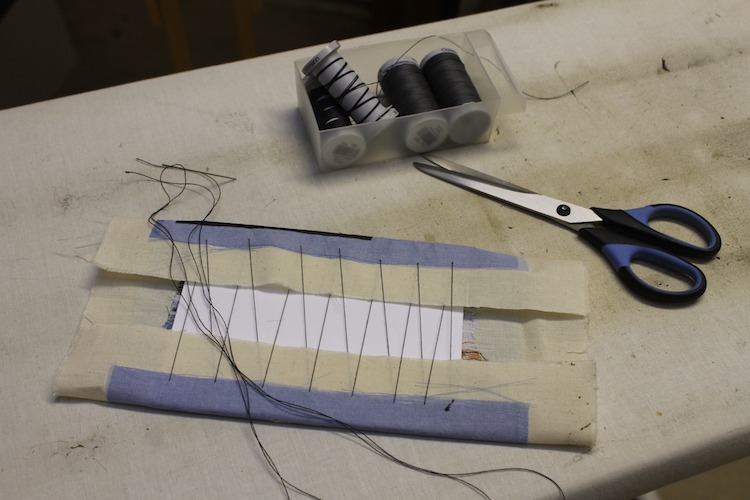
What journey has the piece been on since its creation?
As the piece has just been completed, at the moment it is sitting beside me in the studio!
I am currently working on a body of work which I am preparing for the start of the season which is Easter weekend for us. My husband and I own The Shetland Gallery which is Britain’s most northerly gallery.
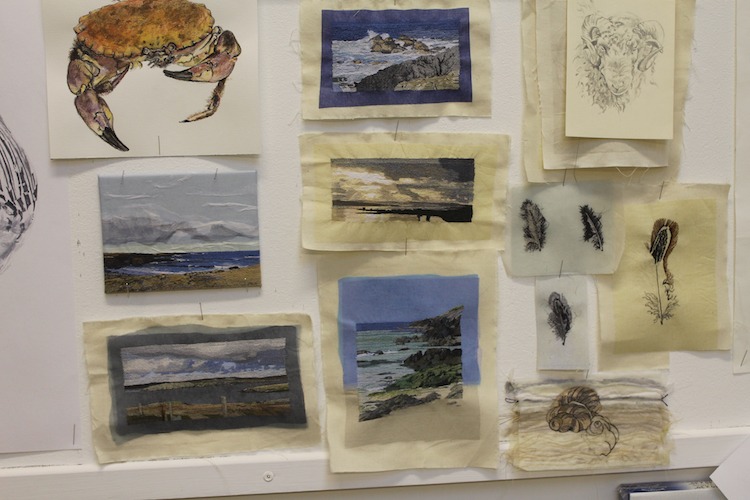
I am fortunate enough to sell all my work to our visitors from all over the world, so where this piece will end up only time will tell!
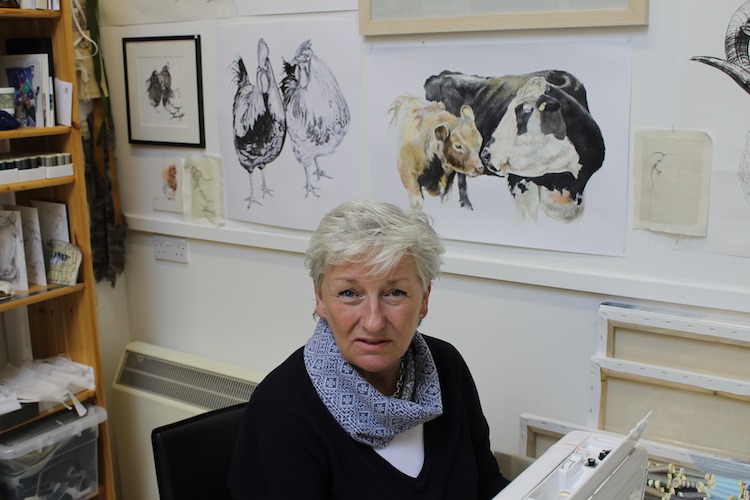
For more information visit: www.shonaskinner.com
Got something to say about the techniques, materials and processes used by this artist – let us know by leaving a comment below.
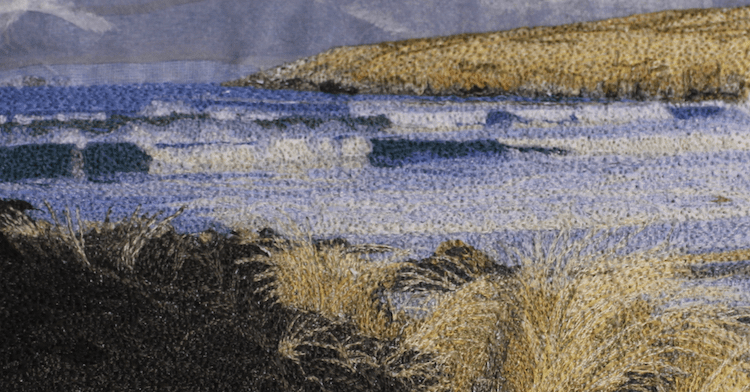

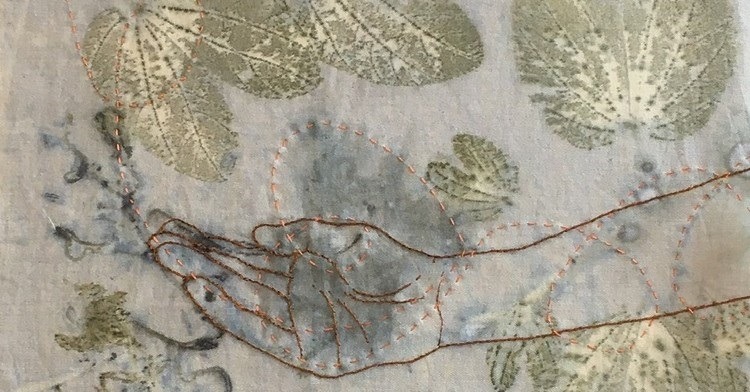
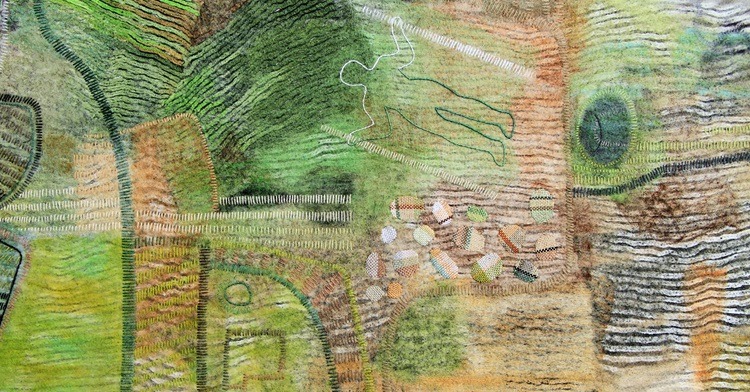
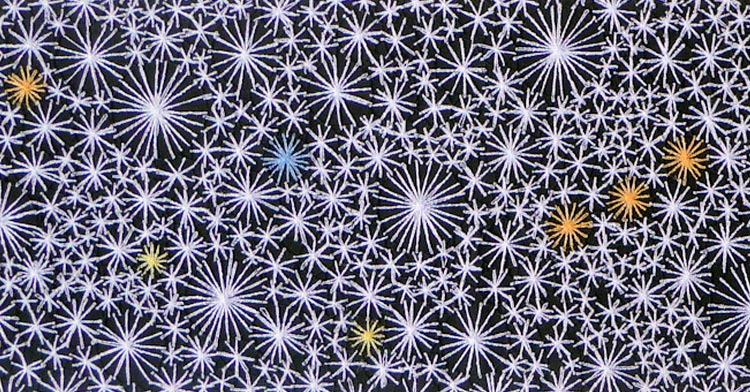
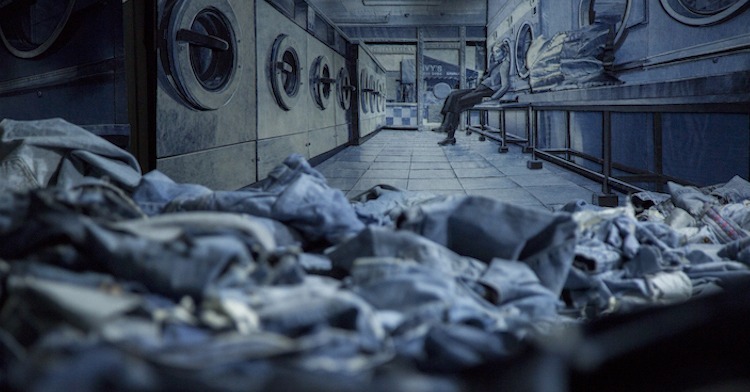
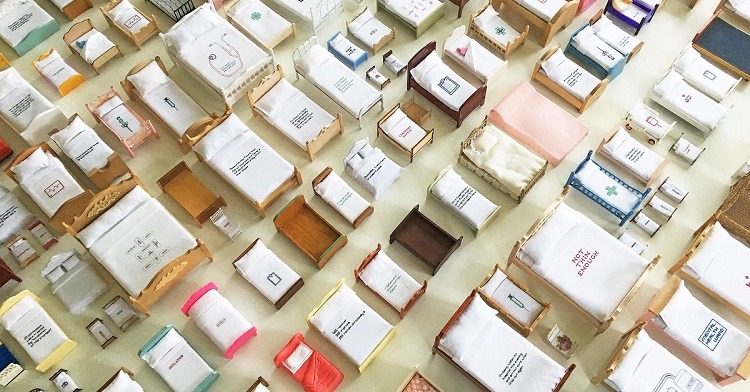
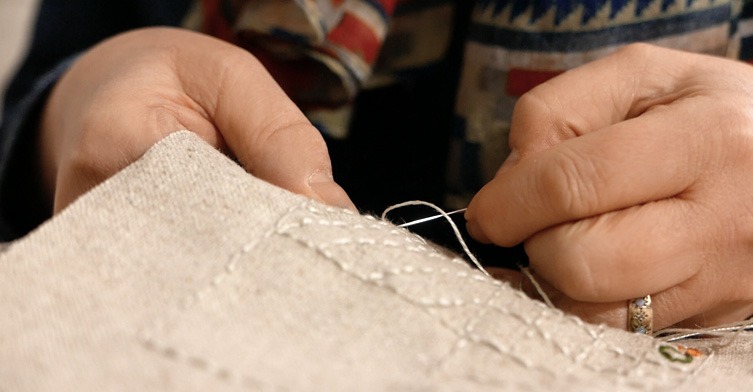
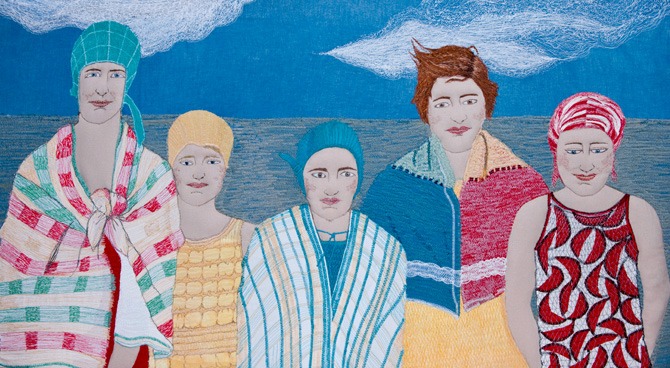
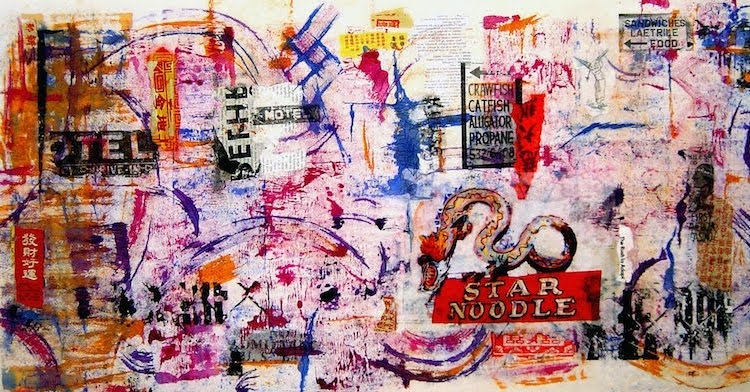
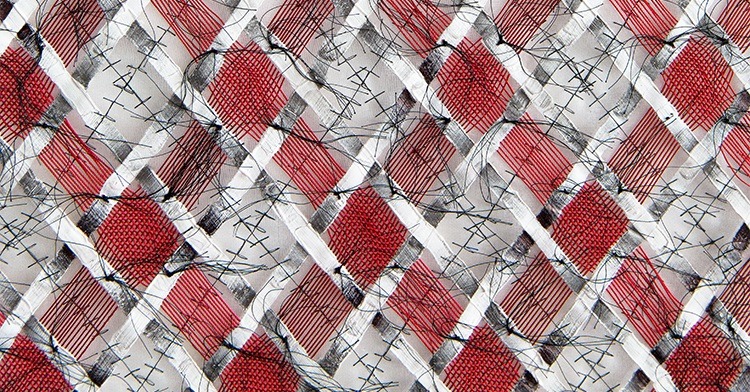

Comments